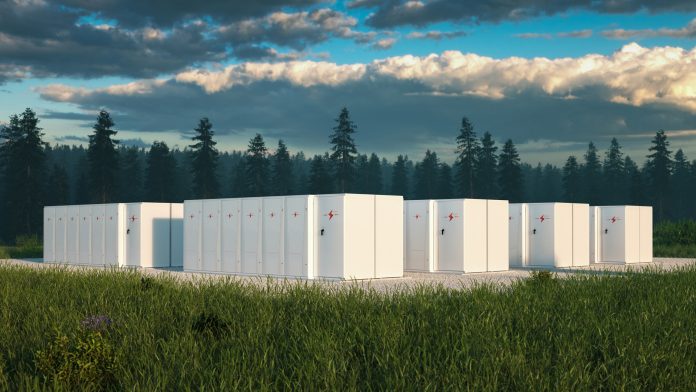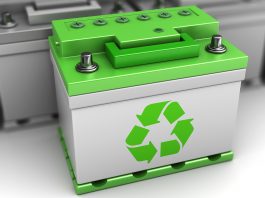Researchers from Graz University of Technology, Austria, have developed a safe and sustainable hybrid supercapacitor for the repeated storage of electrical energy.
Limited safety, sustainability, and recyclability are key drawbacks of today’s lithium-ion battery technology. In the search for alternative electrochemical energy storage systems, the team at Graz University of Technology combined batteries and capacitors to create the ‘hybrid supercapacitor’.
The hybrid supercapacitor can be charged and discharged as quickly as a capacitor and can store almost as much energy as conventional batteries. The newly developed technology can also be charged much faster and much more frequently.
The research team have now investigated how the electrochemical energy storage in this supercapacitor works. Christian Prehal, first author and former researcher at the Institute of Chemistry and Technology of Materials at Graz University of Technology, said: “The system we are looking at in detail consists of nanoporous carbon electrodes and an aqueous sodium iodide electrolyte, in other words salt water. This makes this system particularly environmentally friendly, cost-effective, incombustible and easy to recycle.”
Creating high density hybrid capacitors
Using small-angle X-ray scattering and Raman spectroscopy, the researchers demonstrated that solid iodine nanoparticles are formed in the carbon nanopores of the battery electrode during charging and dissolve again during discharge. Prehal explains: “The degree of filling of the nanopores with solid iodine determines how much energy can be stored in the electrode. This enables the energy storage capacity of the iodine carbon electrodes to reach unexpectedly high values by storing all chemical energy in the solid iodine particles.”
With targeted improvements, hybrid supercapacitors can now be used as a safe, non-flammable, and sustainable alternative for stationary storage of electrical energy. This can be an attractive option especially for the storage of energy from photovoltaic cells in private households.
“Both operando Raman spectroscopy and operando small-angle X-ray scattering (SAXS) were performed for the first time on a hybrid supercapacitor with aqueous NaI electrolyte at the Institute of Electron Microscopy and Nanoanalysis (FELMI) and in the soft matter application lab at Graz University of Technology. For the operando SAXS investigation, we have developed a special measuring cell for batteries and electrochemical energy storage devices,” concluded Prehal.









